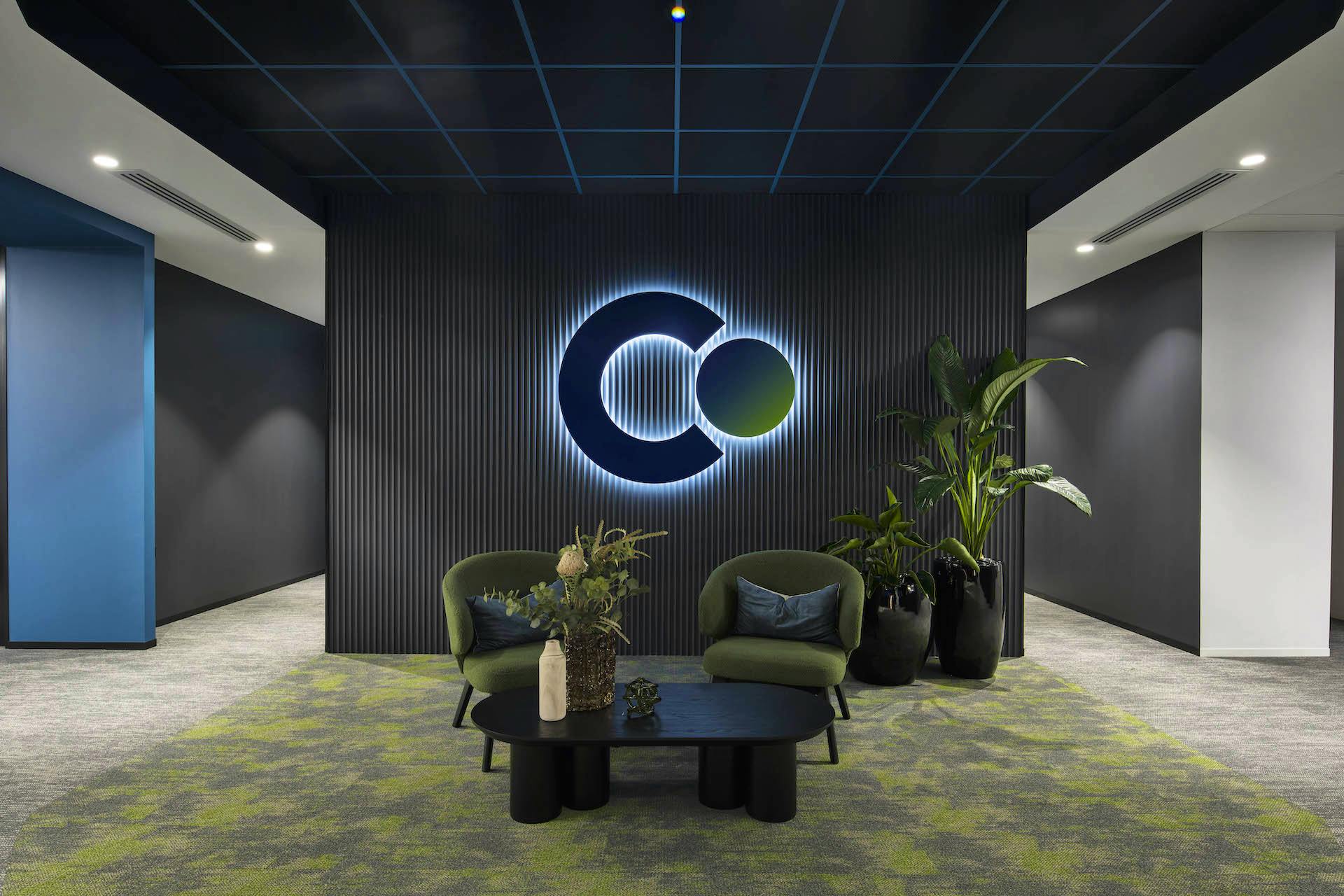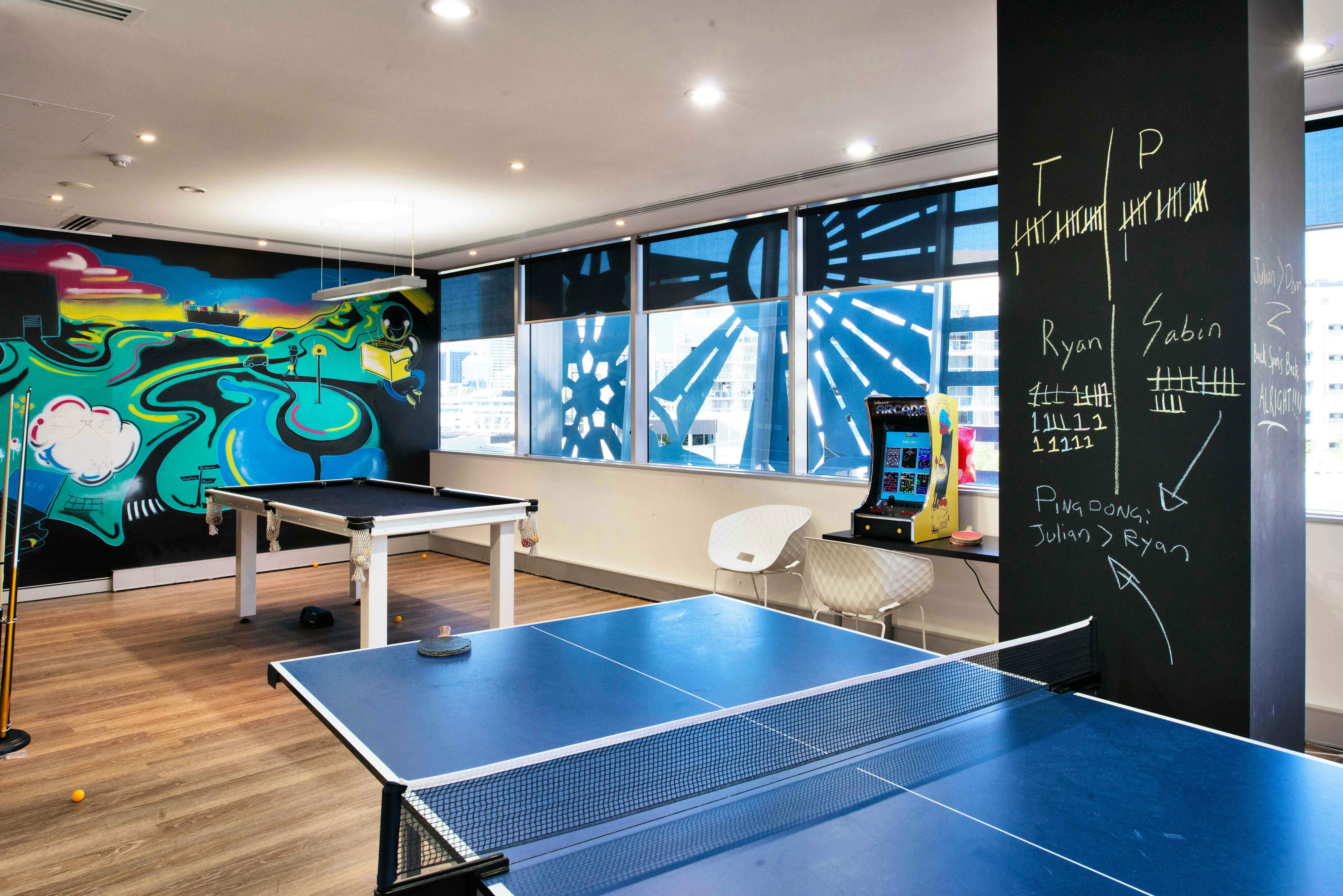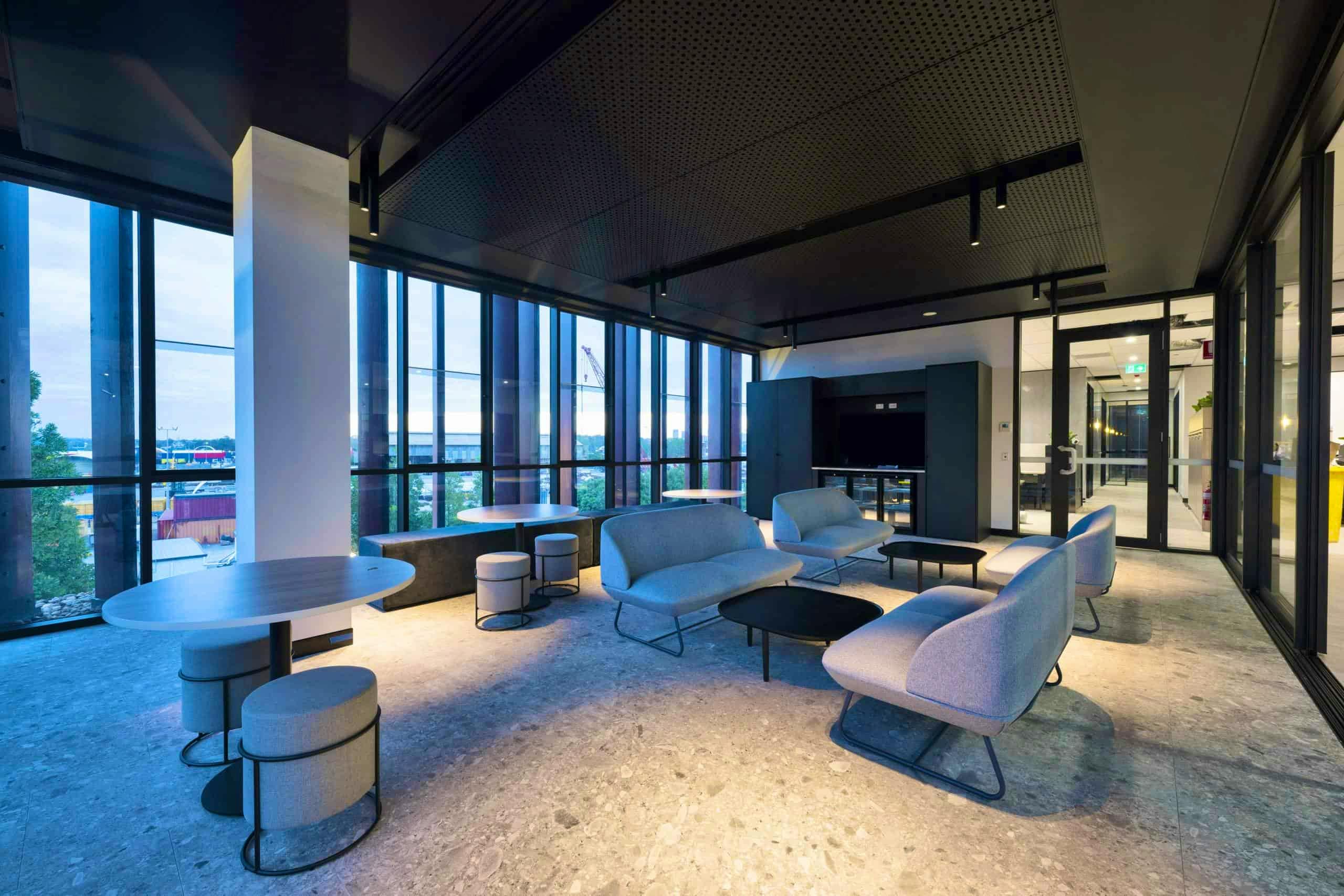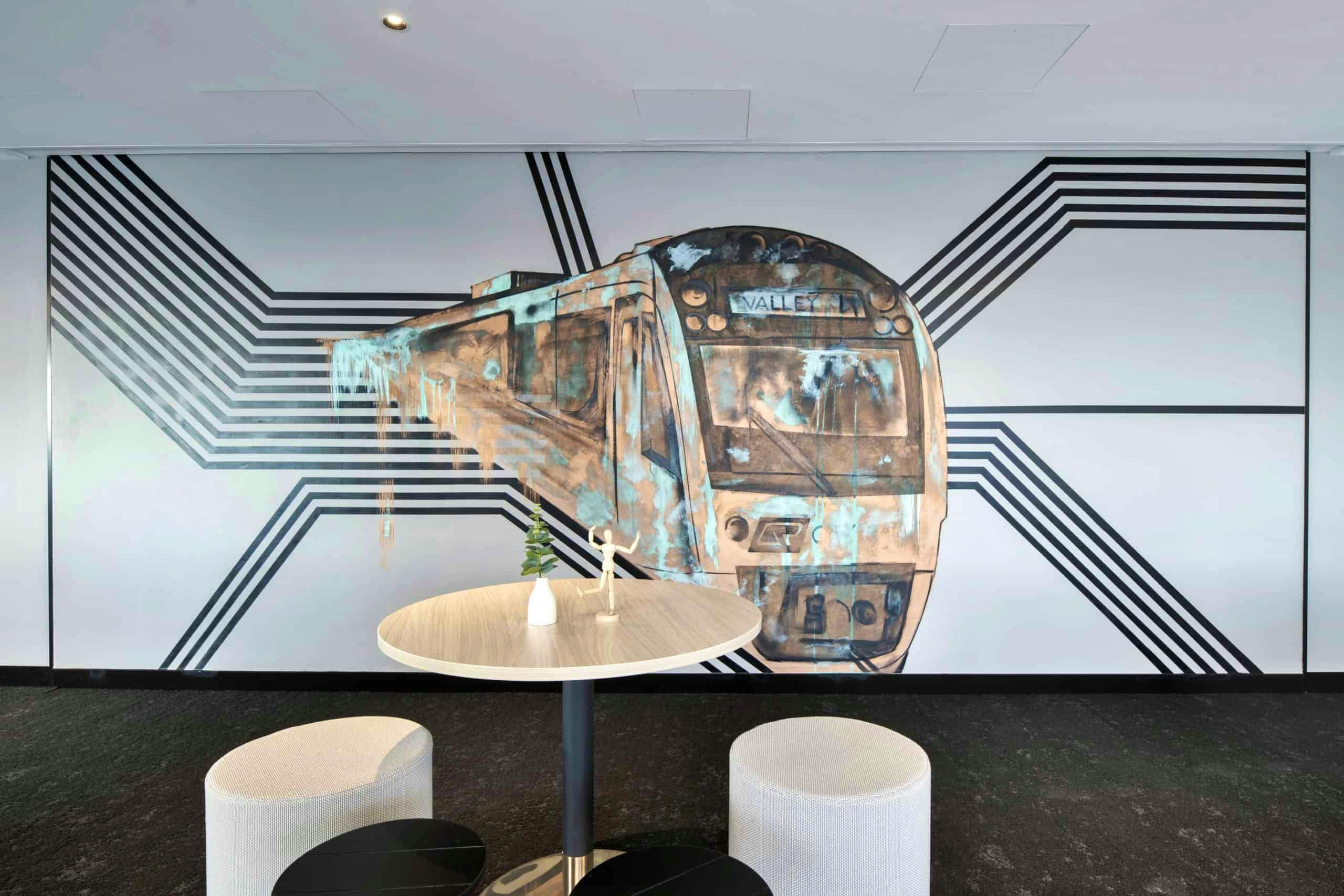Brand Integration in Office Design: Reflecting Company Culture
Let’s be honest, most Australian business owners think brand integration means sticking their logo on the wall and calling it a day. But here’s what we’ve learnt working with businesses across Brisbane: your office design is either reinforcing your brand and culture every single day, or it’s working against you.

We get it. You’ve got a business to run, and “strategic brand integration” might sound like consultant speak. But when you’re investing in an office fitout anyway, understanding how to weave your brand story into the physical space can transform your workplace from a functional necessity into a powerful brand asset that drives culture and business results.
This isn’t about surface-level branding. It’s about creating a space where your brand values become tangible, where your company culture is reinforced through every design decision, and where your team feels genuinely connected to what your business stands for.
Making Your Brand Values Tangible Through Space Design
Here’s what authentic brand integration looks like: when someone walks into your office, they should immediately understand what kind of company you are, not because they see your logo, but because the space embodies your brand values.
If your brand is built on collaboration and transparency, your office layout should eliminate barriers between team members. Open spaces, shared work areas, and glass meeting rooms don’t just look modern, they’re physical manifestations of your commitment to open communication. Every design choice reinforces your brand promise of accessibility and teamwork.
Conversely, if your brand represents expertise, confidentiality, and personalised service (think law firms or financial advisors), traditional offices with solid doors and formal meeting rooms aren’t old-fashioned; they’re authentic expressions of your brand values. Your clients expect privacy and professionalism, and your space should reinforce that brand positioning.
The trap we see business owners fall into is copying other companies’ approaches without considering brand alignment. Google’s playful, innovative office design works because it reflects their brand values of creativity and boundary-pushing. But if your brand is about reliability and traditional expertise, that same approach could confuse your brand message and alienate your target clients.

Strategic Colour Integration for Brand Recognition and Culture
Your brand colours aren’t just for your logo. They’re powerful tools for creating brand recognition and reinforcing culture throughout your workspace. However, successful brand integration through colour requires strategy, not just slapping your brand palette everywhere.
Think about your brand personality and how colour can reinforce it in different zones. If your brand is energetic and dynamic, incorporating your vibrant brand colours in collaborative spaces and common areas keeps that energy alive throughout the workday. If your brand is calm and trustworthy, using your cooler brand tones in client-facing areas reinforces that positioning every time someone visits.
Here’s where it gets interesting: you can use colour psychology to support your brand culture while maintaining brand consistency. If your brand colours include intense reds or oranges, use them strategically in areas where you want energy and excitement, perhaps the reception area where you want to make a bold first impression, or in brainstorming spaces where creative energy aligns with your brand.
But don’t sacrifice employee well-being for brand consistency. If your brand colours are overwhelming for daily work environments, create a hierarchy. Use your full brand palette in client-facing areas where brand recognition is crucial, then incorporate softer, complementary colours in work zones. Your team will be more productive, and clients will still experience your brand authentically.
Consider how your brand colours can support different aspects of your culture. Meeting rooms might use your brand’s accent colours to stimulate creativity and reinforce your innovative brand positioning. Quiet work areas might incorporate muted versions of your brand palette to maintain brand connection while supporting concentration.

Brand Storytelling Through Layout and Furniture Selection
Your office layout is telling your brand story whether you planned it or not. The question is: are you telling the right story?
Your furniture selection becomes part of your brand narrative. Investing in ergonomic, high-quality pieces demonstrates that your brand values employee wellbeing and long-term thinking. Choosing sustainable, Australian-made furniture tells a story about supporting local industry and environmental responsibility, a powerful brand message if it aligns with your values.
Consider how your brand story unfolds as people move through your space. A journey from a welcoming reception area (brand promise of approachability) through collaborative open spaces (brand values of teamwork) to focused work areas (brand commitment to quality delivery) creates a narrative that reinforces your brand positioning at every touchpoint.
Brand integration through layout also means considering how your space supports your brand promise to clients. If your brand is about personalised service, create intimate meeting spaces that feel exclusive and focused. If your brand is about innovation and cutting-edge solutions, design spaces that feel dynamic and forward-thinking.

Measuring Brand Integration Success
You’ll want to know if your brand integration efforts are actually working. Look for alignment between your intended brand message and how people experience your space.
Brand integration success also shows up in business outcomes. Spaces that authentically reflect brand values tend to attract the right clients and employees while repelling poor cultural fits. This natural selection process strengthens your brand positioning and business results.
Remember that your brand will evolve as your business grows. Build flexibility into your design so you can adapt your brand integration without starting from scratch. Core brand elements might remain consistent, but how you express them can evolve with your business needs.
